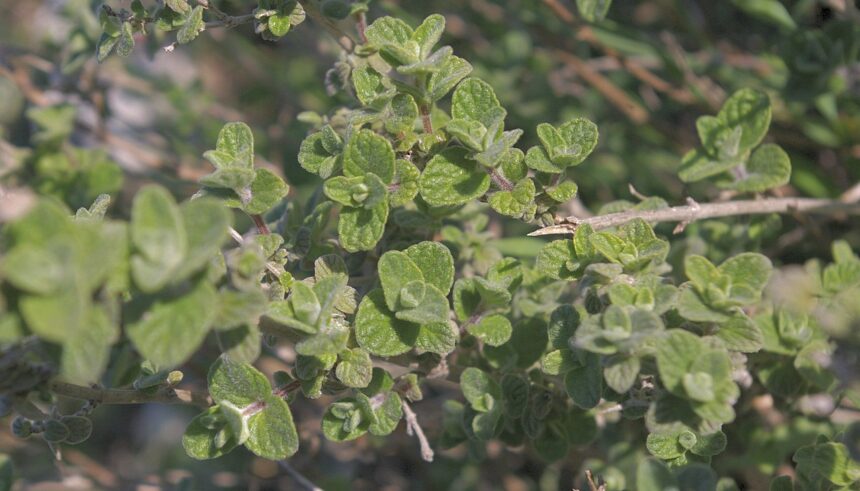Oregano is a popular herb known for its robust flavor and culinary uses, but it can fall victim to various diseases, including downy mildew. This fungal disease thrives in warm, humid conditions and can quickly devastate your oregano plants if not addressed promptly. Here are ten early signs to watch for to help you identify downy mildew before it becomes a serious problem.
1. Yellowing Leaves
One of the first signs of downy mildew is yellowing leaves. If you notice that the leaves of your oregano plants are turning yellow, especially starting from the lower leaves and moving upward, this could indicate a problem.
2. Soft, Water-soaked Spots
Look for soft, water-soaked spots on the leaves. These spots may appear pale or light green at first but will develop into dark, mushy areas. This symptom is often an early indicator of downy mildew infection.
3. White, Fuzzy Growth
Downy mildew often produces a characteristic white, fuzzy growth on the undersides of leaves. This is the fungal sporulation stage, where the pathogen releases spores to spread the infection. If you see this growth, it’s crucial to take action immediately.
4. Wilting Leaves
Leaves that appear wilted, even when the plant is adequately watered, may indicate a downy mildew infection. The wilting occurs because the fungus disrupts the plant’s ability to uptake water effectively.
5. Stunted Growth
If your oregano plants seem to stop growing or show stunted growth despite favorable conditions, it could be a sign of downy mildew. The disease can inhibit overall plant development and lead to reduced yields.
6. Curled or Distorted Leaves
Infected leaves may become curled, distorted, or otherwise misshapen. This symptom can result from the plant’s response to the stress caused by the fungal infection.
7. Leaf Drop
If you notice that leaves are dropping prematurely, this can be another sign of downy mildew. The disease can weaken the plant, causing it to shed leaves as a stress response.
8. Foul Odor
In some cases, downy mildew can produce a foul, musty odor emanating from the infected leaves or surrounding soil. This is a clear indicator of decay and disease presence.
9. Dark Brown or Black Spots
As the infection progresses, dark brown or black spots may develop on the leaves and stems. These spots are typically a sign of severe infection and indicate that immediate intervention is necessary.
10. Surrounding Plant Health
If other plants nearby also exhibit signs of downy mildew, your oregano may be at risk. The disease spreads easily, so keeping an eye on the health of nearby plants is essential.
Prevention and Treatment
If you suspect your oregano has downy mildew, it’s vital to act quickly. Remove infected leaves and ensure good air circulation around the plants. Consider using fungicidal treatments as a preventive measure and water your plants early in the day to reduce humidity levels. Additionally, practicing crop rotation and planting resistant varieties can help mitigate the risk of downy mildew in the future.
By being vigilant and recognizing these early signs, you can protect your oregano plants and enjoy their vibrant flavor in your dishes. Regular monitoring and proactive care will help ensure your herb garden remains healthy and productive.
Join 'Farmers Mag' WhatsApp Channel
Get the latest Farming news and tips delivered straight to your WhatsApp
CLICK HERE TO JOIN






